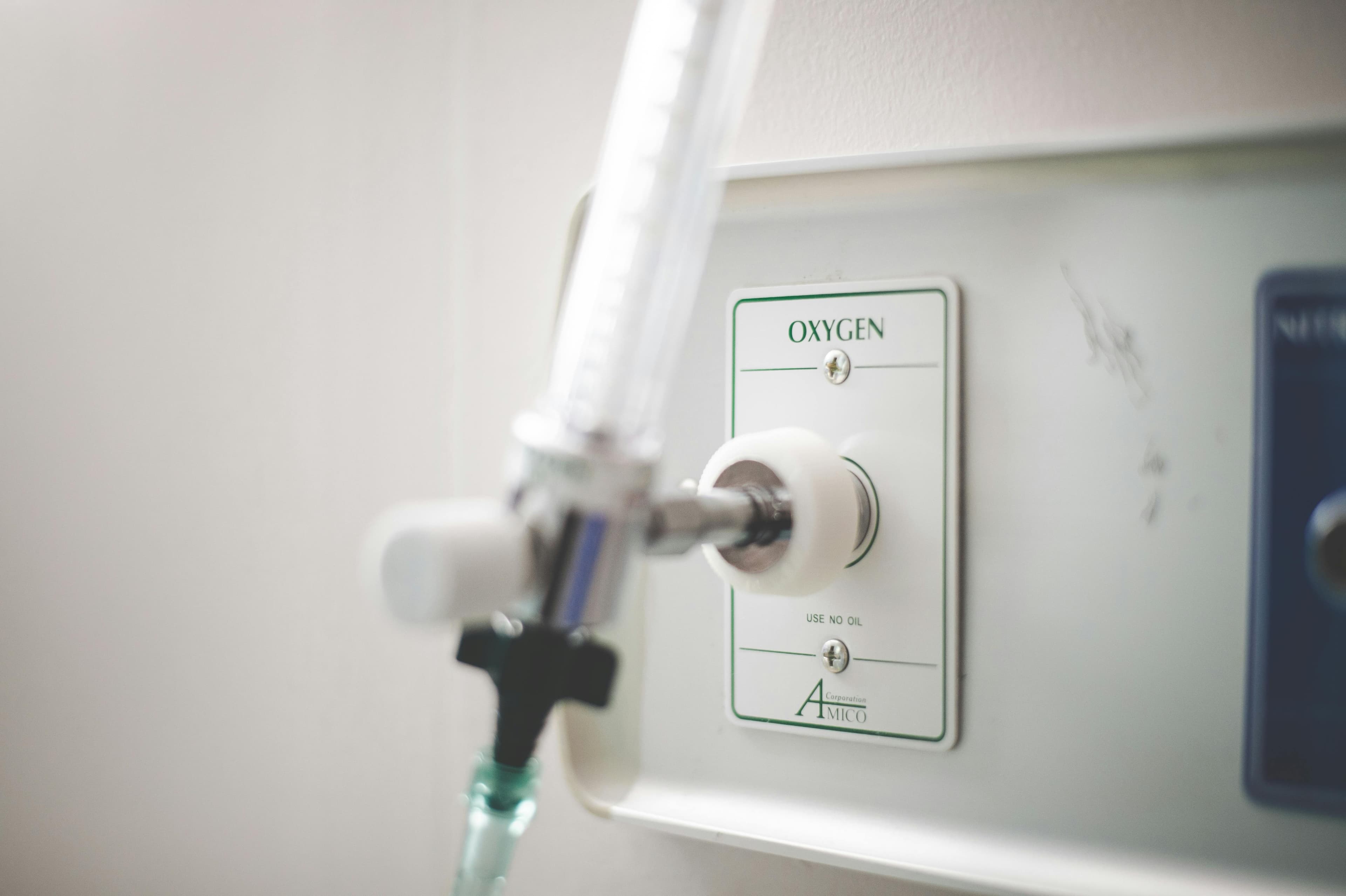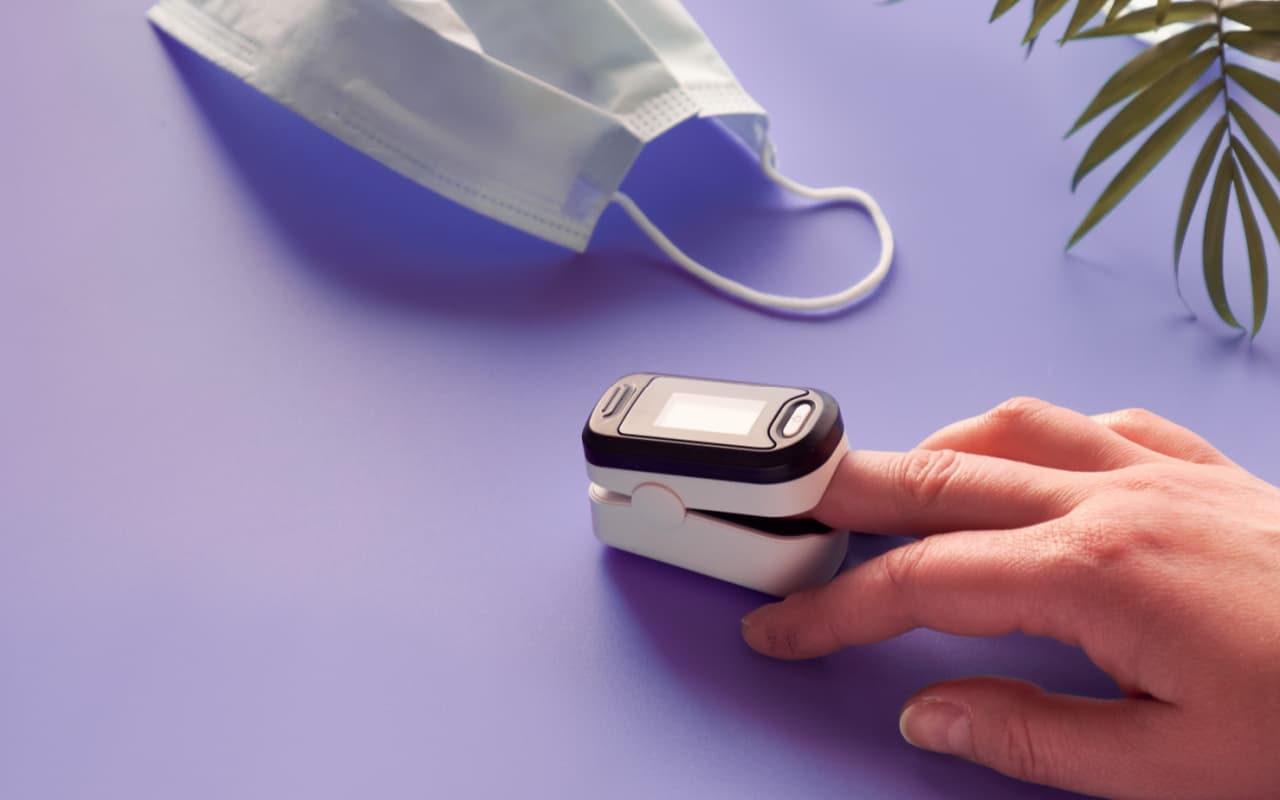For individuals living with respiratory conditions such as Chronic Obstructive Pulmonary Disease (COPD), emphysema, or other lung disorders, supplemental oxygen therapy is often a vital part of managing their health. If you're a caregiver for a loved one who relies on an oxygen tank, understanding how to refill oxygen tanks is a crucial skill. This knowledge not only enhances their quality of life but also provides you with invaluable peace of mind.
This comprehensive guide will walk you through the essential steps for refilling oxygen tanks and liquid oxygen systems, ensuring your loved one always has a reliable oxygen supply.
Understanding supplemental oxygen and hypoxemia
Every cell in the human body requires oxygen to function correctly. When your loved one's lungs are compromised, their body may struggle to get adequate oxygen to vital tissues and organs. This deficiency leads to a condition called hypoxemia, characterized by shortness of breath and low blood oxygen levels.
Hypoxemia is diagnosed when blood oxygen saturation drops below 89% or arterial oxygen pressure falls below 60 mmHg. Left untreated, hypoxemia can lead to serious health complications. Fortunately, supplemental oxygen can provide significant relief and improve overall health outcomes.
Who benefits from home oxygen therapy?
Home oxygen therapy can be beneficial for a range of medical conditions that impair lung function or oxygen absorption. These include:
Asthma, bronchitis, or emphysema
Chronic Obstructive Pulmonary Disease (COPD)
COVID-19 recovery
Cystic fibrosis
Heart failure
Lung cancer
Pneumonia
Pulmonary fibrosis
Additionally, individuals with obstructive sleep apnea (OSA), a sleep disorder causing repeated breathing interruptions during sleep, may also be candidates for supplemental oxygen.
Your guide to oxygen tank refills
As a caregiver, knowing how to refill oxygen tanks is paramount. Here are the primary methods for oxygen tank refilling:
Using an oxygen home refill system
An oxygen home refill system is a convenient, portable electronic device designed to fill empty oxygen cylinders in your home. This innovative machine draws in ambient air, concentrates the oxygen, and then compresses it into your loved one's portable tanks, providing an unlimited supply of medical oxygen.
How to use an oxygen home refill system:
Step 1: Check tank level: Ensure the oxygen tank is nearly empty. The pressure gauge needle will typically be in the red zone.
Step 2: Power on and warm up: Plug the refill system into an electrical outlet. Turn on both the refill machine and the oxygen concentrator, allowing them to warm up for approximately 15 minutes.
Step 3: Prepare the tank: Close the pressure valve on the oxygen tank to prevent air leakage. Remove the protective cap from the oxygen adapter.
Step 4: Connect and fill: Securely attach the empty oxygen cylinder to the adapter on your home refill system. Allow 1-2 hours for the tank to fill completely. A green light on the control panel will indicate when the filling process is finished. Your refilled oxygen tank is now ready for use.
Refilling a liquid oxygen system
Liquid oxygen systems offer a compact and lighter alternative to traditional oxygen tanks. They store oxygen in its liquid form, making them more portable and often preferred for active individuals.
How to refill a liquid oxygen system:
Step 1: Read the manual: Always consult the manufacturer's instruction manual. Each liquid oxygen system may have unique features and operational procedures.
Step 2: Monitor gauge: When the pressure gauge on your loved one's liquid oxygen system indicates low levels (typically in the red), it's time for a refill.
Step 3: Clean the system: Before connecting, wipe away any dirt, debris, or moisture from the machine using a clean paper towel or cloth.
Step 4: Connect the dewar: Attach the dewar (a portable liquid oxygen container) to the main liquid oxygen system. You'll hear a distinct click or snap, confirming it's securely locked.
Step 5: Initiate refill: Flip the switch on the back of the liquid oxygen system after placing the dewar. A loud hissing noise is normal and indicates the tank is filling. Briefly turn the switch off every 30 seconds to prevent the formation of ice crystals inside the machine.
Step 6: Complete fill: The pressure gauge returning to the green zone signifies that your loved one’s liquid oxygen system is full. Turn off the power and detach the dewar.
Partnering with oxygen supply companies
For caregivers who prefer professional assistance or require regular oxygen refills, partnering with an oxygen supply company can be an excellent option.
Many cities have local oxygen filling stations staffed by trained professionals who provide same-day oxygen refills. Additionally, some companies offer convenient home delivery of oxygen canisters, directly bringing medical oxygen supplies to your doorstep. It's advisable to contact your loved one's health insurance provider to inquire about coverage options for these services.
Frequently asked questions about oxygen tank refills
Can all oxygen tanks be refilled?
Oxygen tanks are designed for multiple refills, but like any equipment, they experience wear and tear. If your oxygen tanks appear old, damaged, or are in questionable condition, it's essential to consult with an oxygen therapy expert or medical professional before attempting a refill.
Where should I store extra oxygen tanks?
Store extra oxygen tanks in a cool, dark, and well-ventilated area. Always follow your doctor's specific instructions and keep oxygen cylinders away from all heat sources, including fireplaces, heat ducts, stoves, and open flames.
How often should I change my loved one’s oxygen tank?
You should change your loved one’s oxygen tank when the needle on the pressure gauge enters the lower end of the red section. To ensure a continuous supply, always replace the cylinder before the gauge reads below 200 PSI (pounds per square inch).
Takeaways
If your loved one depends on supplemental oxygen, mastering the process of refilling empty oxygen canisters or liquid oxygen systems is an indispensable skill.
Learning how to refill oxygen tanks at home can significantly ease the responsibilities of a family caregiver. It helps you save time, ensures your loved one can breathe comfortably, and alleviates the stress of worrying about running out of medical oxygen.
Important note: Before attempting to refill oxygen canisters or a liquid oxygen system for the first time, it's highly recommended to consult a professional or your oxygen equipment provider. They can provide personalized guidance and highlight any unique features or capabilities of your specific oxygen delivery system.
Still Have Questions?
If you have further questions or wish to learn more about oxygen tanks and oxygen therapy equipment, our friendly Caregiving Specialists are here to help. Call us at (800) 696-CARE or send an email to support@carewell.com. We're dedicated to supporting caregivers like you.



